کتاب شیمی محیط زیست: اصول و روش های تجزیه و تحلیل یک بررسی جامع و کامل از شیمی محیط زیست مدرن ارائه میدهد و در مورد شیمی و برهمکنشهای بین جو، هیدروسفر، ژئوسفر و بیوسفر بحث میکند. این کتاب که توسط کارشناسان شناخته شده بینالمللی نوشته شده است، شیمی سیستمهای محیط زیست طبیعی را بررسی میکند و نشان میدهد که چگونه این فرآیندهای شیمیایی با ورود انتشارات انسانی به کل سیستم زمین تغییر میکنند. کتاب شیمی محیط زیست: اصول و روش های تجزیه و تحلیل، شامل موارد زیر است:
مباحث کلیدی شیمی محیط زیست برای درک منابع، ویژگیها و اثرات آلاینده ها در محیط را بررسی میکند.
طیف وسیعی از روش های تجزیهای محیطی را شرح می دهد.
اثرات زیست محیطی منابع انرژی، از جمله انرژی هسته ای را بررسی می کند.
رویکردی فعال به شیمی محیظ زیست، با تمرکز بر پیشگیری از مشکلات زیست محیطی آینده را ارائه میدهد.
TABLE OF CONTENTS
1 Introduction to Environmental Chemistry 1
1.1 What is Environmental Chemistry? 1
1.2 Anthropogenic Pollution 2
1.3 A Planet at Risk 4
1.4 Energy, Water, and Population Connections 6
1.5 The Need to Understand Environmental Problems 10
1.6 Atmosphere–Hydrosphere–Geosphere–Biosphere Linkages 13
References 16
Study Problems 16
2 Atmospheric Composition and Basic Physics 19
2.1 Evolution of the Atmosphere 19
2.2 Structure and Composition of the Modern Atmosphere 22
2.3 Atmospheric Circulation 27
2.4 Energy Balance 34
2.4.1 Milankovitch Cycles 35
2.4.2 Planetary Albedo 38
2.4.3 Greenhouse Gases 40
2.4.4 Aerosols 43
2.5 Global Climate Models 44
References 47
Study Problems 48
3 The Fundamentals of Photochemistry 51
3.1 Light and Photochemistry 51
3.2 The Laws of Photochemistry 57
3.3 Thermochemical and Photochemical Processes 59
3.3.1 Activation Energy 60
3.3.2 Kinetics 62
3.4 Photochemical Deactivation Processes 69
References 72
Further Reading 72
Study Problems 72
4 Chemistry of the Stratosphere 75
4.1 Structure and Composition of the Stratosphere 75
4.2 The Ozone Layer 78
4.3 Ozone Formation in the Stratosphere 80
4.3.1 The Chapman Cycle 80
4.3.2 Term Symbols 81
4.3.3 The HOx and NOx Cycles 83
4.4 Ozone Depletion 85
4.4.1 Chlorofluorocarbons 85
4.4.2 The “Ozone Hole” 88
4.4.3 Altitude Dependence 90
4.4.4 Ozone-Depleting Substances 93
4.5 Summary 95
References 98
Further Reading 99
Study Problems 99
5 Chemistry of the Troposphere 103
5.1 Structure and Composition of the Troposphere 103
5.2 History of Smog 105
5.3 The Clean Air Act 110
5.3.1 Criteria Pollutants 110
5.3.2 Non-Criteria Pollutants 112
5.4 Formation of Ozone in the Troposphere 113
5.4.1 The Photostationary State 113
5.4.2 The Hydroxyl Radical 114
5.4.3 Hydroxyl Radical Abstraction Reactions 115
5.4.4 Hydroxyl Radical Addition Reactions 118
5.5 Nitrate Radical and Ozone 121
5.6 The Peroxyacyl Nitrates 122
5.7 Troposphere–Biosphere Interactions 124
References 127
Further Reading 128
Study Problems 128
6 Aerosols and Cloud Chemistry 133
6.1 Aerosol Size Distributions 133
6.2 Aerosol Sources and Sinks 136
6.2.1 Primary Aerosol Emissions 138
6.2.2 Secondary Aerosol Formation 140
6.2.3 Wet Deposition and Henry’s Law 143
6.2.4 Dry Deposition 145
6.3 Aerosol Lifetimes 148
6.4 Determination of Aerosol Sources 151
6.5 Aerosol Health Effects 156
6.6 Aerosol Visibility and Climate Effects 158
6.7 Aqueous Chemistry 164
References 165
Further Reading 166
Study Problems 166
7 Analytical Methods for Air Analysis 171
7.1 Sampling Methods 172
7.2 Gas Species Measurement Methods 175
7.2.1 The Oxidants: Ozone, Hydroxyl Radical, Peroxyacyl Nitrates, Peroxides, and Peracids 175
7.2.2 The Oxides: Nitric Oxide, Nitrogen Dioxide, Nitric Acid, Carbon Monoxide, Carbon Dioxide, Sulfur Dioxide, and Nitrous Oxide 186
7.2.2.1 Nitric Oxide, Nitrogen Dioxide, and Nitric Acid 186
7.2.2.2 Nitric Acid, Carbon Monoxide, Carbon Dioxide, Sulfur Dioxide, and Nitrous Oxide 188
7.2.3 The Organics: Volatile Organic Hydrocarbons, Aldehydes, Ketones, and Halogenated Hydrocarbons 191
7.3 Aerosols 195
7.3.1 Sample Collection 195
7.3.2 Aerosol Composition 196
7.4 Aerosol Optical Properties 199
7.5 Method Selection 201
7.6 The Importance of Baseline Measurements 204
References 207
Further Reading 207
Study Problems 208
8 Chemistry of Surface and Ground Waters 213
8.1 The Unique Properties of Water 214
8.2 The Hydrological Cycle 216
8.3 Ocean Currents and Circulation 220
8.4 The Structure of Natural Aquatic Systems 224
8.4.1 The Oceans 224
8.4.2 Freshwater Systems 225
8.5 The Composition of Natural Aquatic Systems 228
8.5.1 Dissolved Oxygen 229
8.5.2 Nitrogen and Phosphorus 230
8.5.3 Sulfur 232
8.5.4 Carbon 233
8.6 Water Pollution 238
8.6.1 Point Sources 239
8.6.2 Nonpoint Sources 243
8.7 Contaminant Transformation 246
8.8 Contaminant Transport 252
References 257
Further Reading 258
Study Problems 258
9 Analytical Methods for Water Analysis 263
9.1 Sampling Methods 263
9.2 Dissolved Species 266
9.2.1 Electrochemical Methods 267
9.2.2 Spectroscopic Methods 272
9.2.3 Chromatographic Methods 286
9.2.4 Titration Methods 291
9.2.5 Radiochemical Methods 292
9.3 Particulates and Colloids 293
9.4 Contaminant Issues 297
References 299
Study Problems 300
10 Fossil and Biomass Fuels 305
10.1 Combustion Chemistry 305
10.2 Formation and Recovery of Fossil Fuels 308
10.2.1 The Formation of Fossil Fuels 309
10.2.2 Coal Mining 313
10.2.3 Oil and Gas Recovery 315
10.3 Fossil Fuel Use 319
10.4 Biomass Fuels 323
10.4.1 Biomass Fuel Production 324
10.4.2 Biomass Fuel Use 326
10.5 Impacts on Water Quality 330
10.5.1 Fossil Fuels 330
10.5.2 Biomass Fuels 335
10.6 Impacts on Air Quality 338
10.6.1 Fossil Fuels 338
10.6.2 Biomass Fuels 345
10.7 Gasoline Additives: Lessons Learned 347
References 349
Study Problems 350
11 Climate Change 355
11.1 Prehistoric Climates 358
11.2 Causes of Climate Change 360
11.2.1 Global Warming Potentials 362
11.2.2 Greenhouse Gas Sources and Sinks 363
11.2.3 Radiative Forcing 367
11.3 Climate Models 368
11.4 Predictions of Future Climate Change 370
11.5 Impacts from the Predicted Temperature Rise 373
11.6 Climate Effects on Air Quality and Health 377
11.7 Mitigation and Adaption Strategies 379
References 386
Study Problems 386
12 Nuclear Energy 391
12.1 Radioactivity 391
12.2 Radioactive Emissions and Decay Kinetics 394
12.3 Sources of Radioisotopes 399
12.4 Nuclear Fission 401
12.5 Nuclear Weapons Testing and Fallout 403
12.6 Nuclear Power 407
12.6.1 Harnessing Nuclear Energy 407
12.6.2 Uranium Production 410
12.6.3 Nuclear Plant Designs 412
12.6.4 Nuclear Waste 414
12.7 Radioisotopes in the Environment 417
12.8 Radiation Exposure 421
12.9 Applications of Radioisotopes 424
References 428
Study Problems 429
13 Future Energy Sources and Sustainability 433
13.1 The Need for Non-Fossil Energy Sources 434
13.2 Alternative Energy Sources 437
13.2.1 Wind Power 438
13.2.2 Hydropower 442
13.2.3 Geothermal Energy 444
13.2.4 Solar Power 445
13.2.5 Biomass 449
13.2.6 Hydrogen 450
13.3 Sustainability 452
13.4 Long-Term Planning 455
References 460
Study Problems 461
Appendix A Answers to Study Problems 465
Appendix B List of U.S. EPA Hazardous Air Pollutants – Air Toxics 503
Appendix C Henry’s Law Constants (Hx) for Selected Inorganic and Organic Compounds 509
Appendix D Organic Water Pollutants, their Chemical Structures, Sources, and Concentration Limits in U.S. Drinking Water 519
Appendix E Chemicals Used in the Hydraulic Fracturing of Oil Shales for Natural Gas Extraction 527
Glossary 529
Index 541
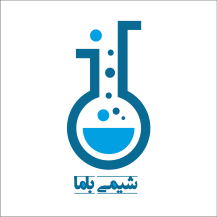
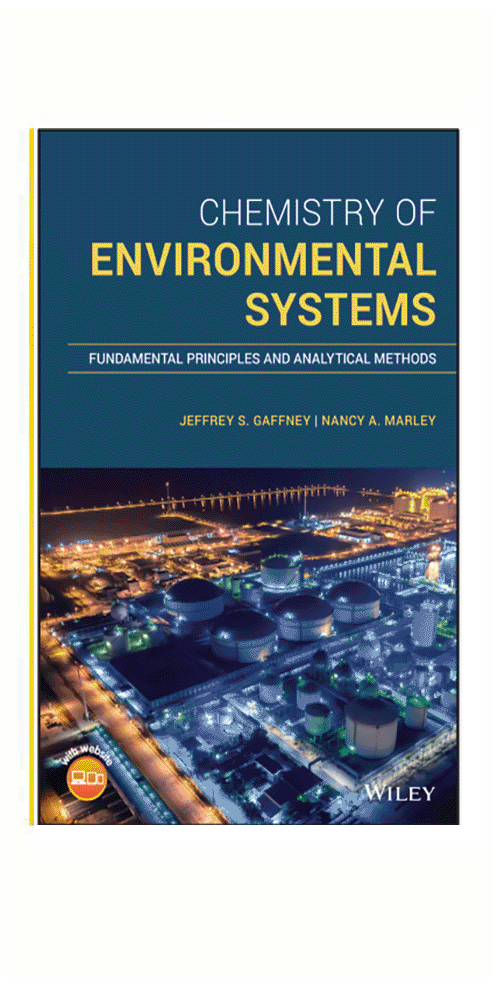
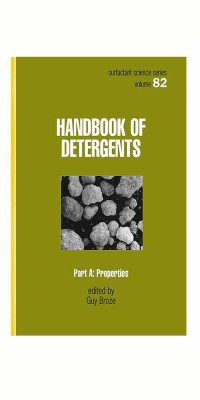
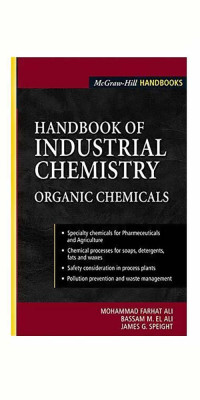

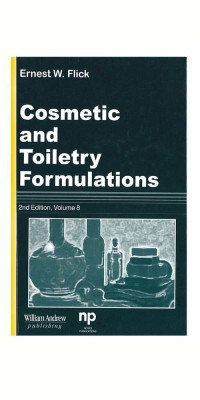

نقد و بررسیها
هنوز بررسیای ثبت نشده است.